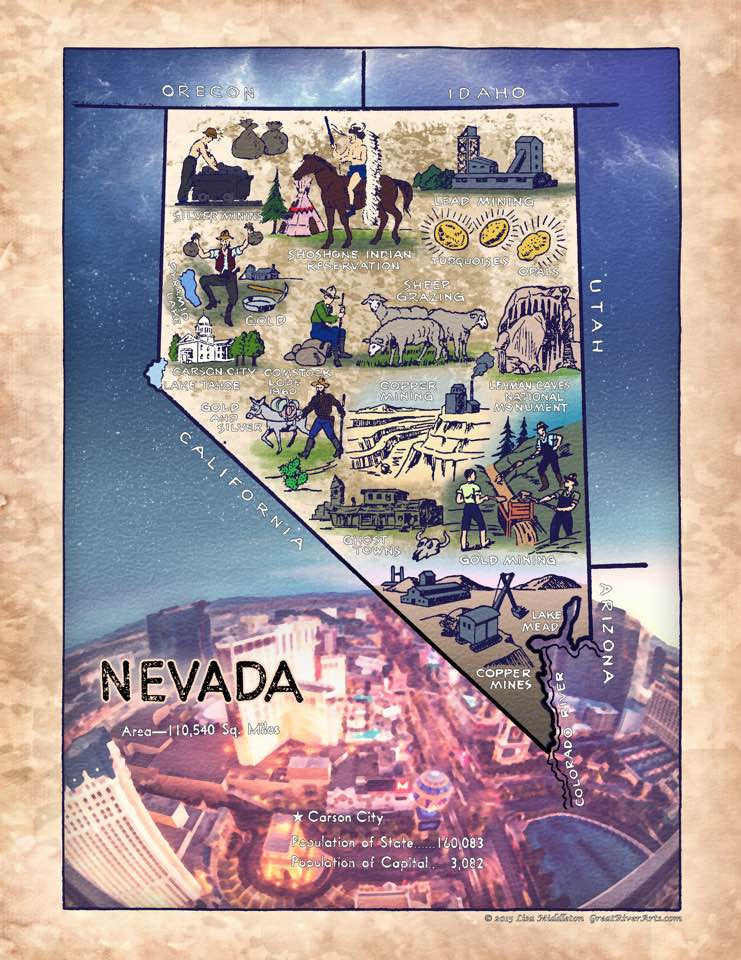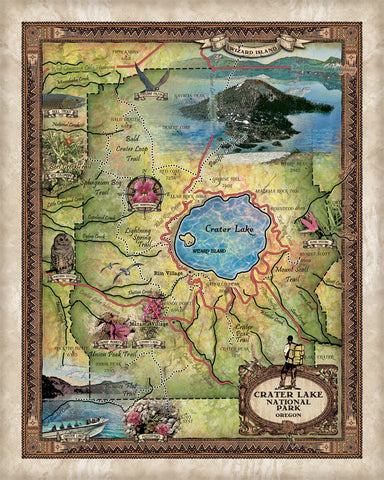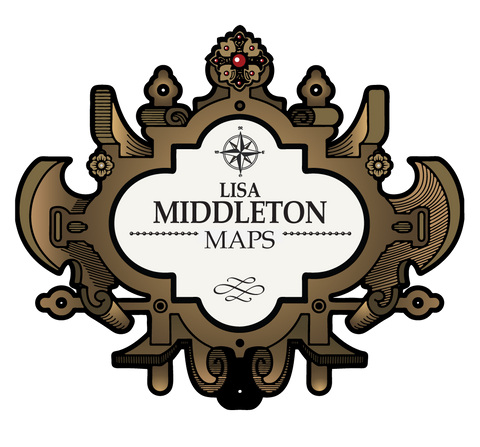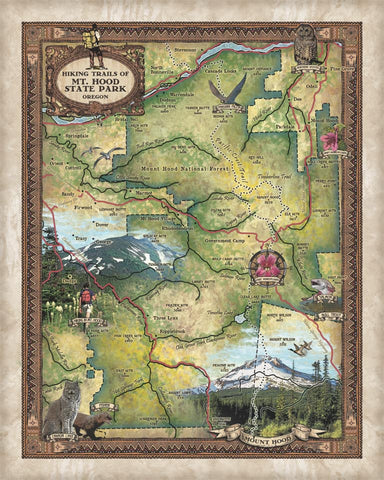
231 Illustrated map Nevada 1950's
Nevada
Nevada is one of the largest U.S states, coming in at number seven behind Arizona. Known as home to the Hoover Dam and the largest reservoir in the US- Lake Mead, Nevada is a top entertainment destination in the US. The name Nevada was derived from the mountain range Sierra Nevada, and the state is largely shaped and defined by its rich and harsh environment. It is the driest of all 50 states, with very little rainfall annually, averaging 7 inches. Nevada is dominated largely by uninhabited, semi-arid deserts, which includes the Great Basin Desert and the Mojave Desert.
Native American tribes such as the Shoshone, the Paiute, the Washoe, and the Mohave inhabited Nevada before the arrival of Europeans. They lived in dwellings called wikiups, and lived off the land, while they also hunted and fished. In the 1700s, the Spanish friar Francisco Garcés was the first to arrive in the region. It was the 1800s before other Europeans ventured into Nevada, with the notable fur trapper, Jedediah Smith, who traversed the state into California, and a year later, fur trader, Peter Ogden journeyed down the Humboldt River. Still, in 1851, Mormons from Utah became early settlers in the region. The Comstock Lode was discovered in 1859, signaling the onset of silver mining in Nevada. Virginia City, for example, saw boom towns emerge as miners tried to strike it rich from the gold, silver, copper, zinc, lead, mercury, tungsten, and barite produced in its mines.
The flora and fauna of Nevada have adapted to the ever changing desert environment. The diversity of Nevada’s vegetation is evident in the various species of pine including the single-leaf piñon, which dominates the state’s woodlands, creosote bush in southern Nevada, and sagebrush sprinkled throughout the state. Furthermore, common wildflowers in the state include shooting star and white and yellow violets. The state’s fauna include native mammals, birds, reptiles, and fish. The black bear, mule deer, cottontail rabbit, pronghorn antelope, Bighorn sheep, and coyotes typically trek the Nevada wilderness. A variety of birds such as partridge, pheasant, quail, grouse, Serin, Ortolan, and Wheateater are common to the region. On the list of Nevada’s protected reptiles are Gila monster and desert tortoise.
The vast desert that is Nevada, offers up natural scenic views of amazing landscapes. Beyond the glitter and glitz, Nevada offers incredible opportunities for exploration and outdoor excitement.
All sizes are approximate.
We Also Recommend




